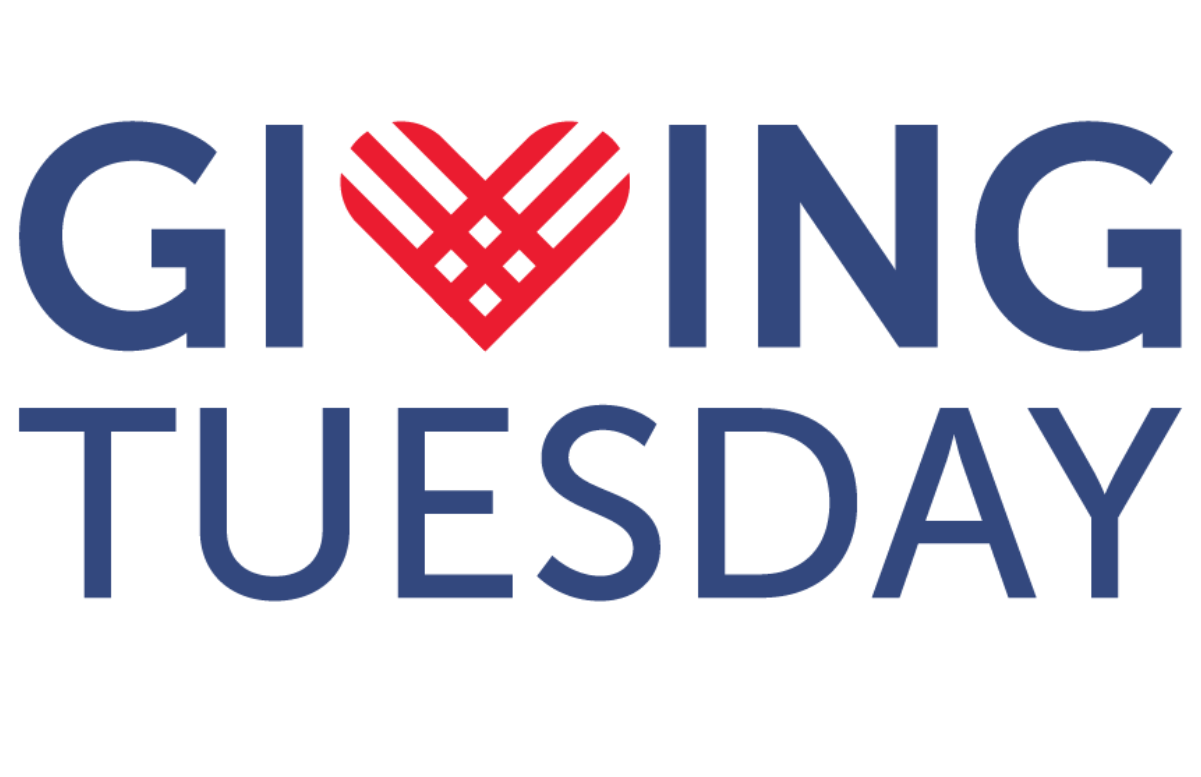There was an increase in all forms of generosity during the fourth quarter of 2023. November and December 2023 appear to have been a plateau for monetary giving, with more than 40% of respondents to polling saying that they consistently donated money. Donating items, advocating, and volunteering activities appear to closely track with giving money during Q4, new data shows.
The nation’s most generous donors see themselves as volunteers who donate, even though they give in every form more often than their peers. They are most likely to create a stew of giving – from a spiritual and religious mindset, a sense of privilege or other deeper purpose.
That’s part of the new data released by GivingTuesday in the GivingPulse Q4 2023 Report. It has data from the full year plus October through December. People across the United States are polled on a weekly basis, asking what acts of generosity they undertook during the previous seven days. It’s a combined sample of 1,200 people per quarter.
It is not a compilation of how much money was given but rather the behaviors of people who give — solicited and not solicited by nonprofits. Tracked are:
- Gave In Any Form
- Gave Money
- Donated Items
- Volunteered
- Advocated
- Gave In Other Ways
Formal, registered organizations were the most likely to be supported during 2023. Trends based on weekly polling formed parallel lines with an average of 35-45% supporting individuals and informal groups, and a consistently higher proportion supporting registered charities, according to the researchers.
People who support only formal organizations were solicited only slightly more often (42%), compared to those supporting only informal groups (34%). However, formal givers were more than twice as likely to respond to solicitation than informal-only givers. Just one in five informal-only givers responded to a recent solicitation with generosity and more than half of them ignored it.
“Informal organizations” are any group or collective that is not a legally registered nonprofit org. The exact wording used in the survey is: “Some other organized or structured community group, association, or club which was not specifically a registered charity. This would include a local fund-raising activity for a club or association, a giving circle, a mutual aid network, a GoFundMe campaign (excluding for a charity), and other organized activities.”
Categories tracked include crises, poverty, earth, rights, society, and health. During Q4 of 2023 poverty was the only area with an increase with 25% of those polled saying they participated in some method of generosity. That was an increase of 3.2% year-over-year change when comparing Q4 2023 with Q4 2022.
Donors did give less to crises during Q4 when compared to the third quarter of 2023, despite the outbreak of the Israel-Hamas war that started October 7 and the ongoing war in Ukraine. The Israel-Hamas war was the top crisis of Q4, peaking at 27% of respondents the week of October 30, the data showed.
According to the report’s authors, “all people share more in common in their world views and that political identities do not correlate with levels or modes of generosity. Their attitudes about generosity tend to be separate.”
The breakdown of giving by locality — local, national, or international giving — among givers was relatively stable across Q4. The survey was adjusted for Q4 to require that respondents answer questions about the locality of their giving, and that led to an apparent increase in giving at all levels (local, national, and international), according to the report’s authors. It appears there was slightly less emphasis on international giving near the end of the year (around 8% by the end of December, compared to its peak of 12% earlier in the quarter), and a slight corresponding increase in local giving, the data showed.
Not everyone is getting asked to participate or asked about their acts of generosity. Certain combinations of factors appear to have a large impact on how people respond to solicitation. People younger than 25, retirees, and lower income respondents are the least likely groups to have been solicited during Q4, the data shows. Non-religious people are generally under solicited and respond to solicitation less frequently than those who self-identify as religious. But, during Q4 the non-religious subgroup had a substantial increase in monthly solicitation, rising from 40% pre-Q4 to 50% in Q4. The solicitation rate among religious respondents comparatively increased from 48% to 54%.
The response rate among non-religious respondents remained stable (31%) while the response rate among highly religious individuals (one of the most responsive subgroups) dropped from 62% pre-Q4 to 49%, one of the largest drops in response rate among any demographic subgroup.
All of the data is available at https://www.givingpulse.givingtuesday.org/











